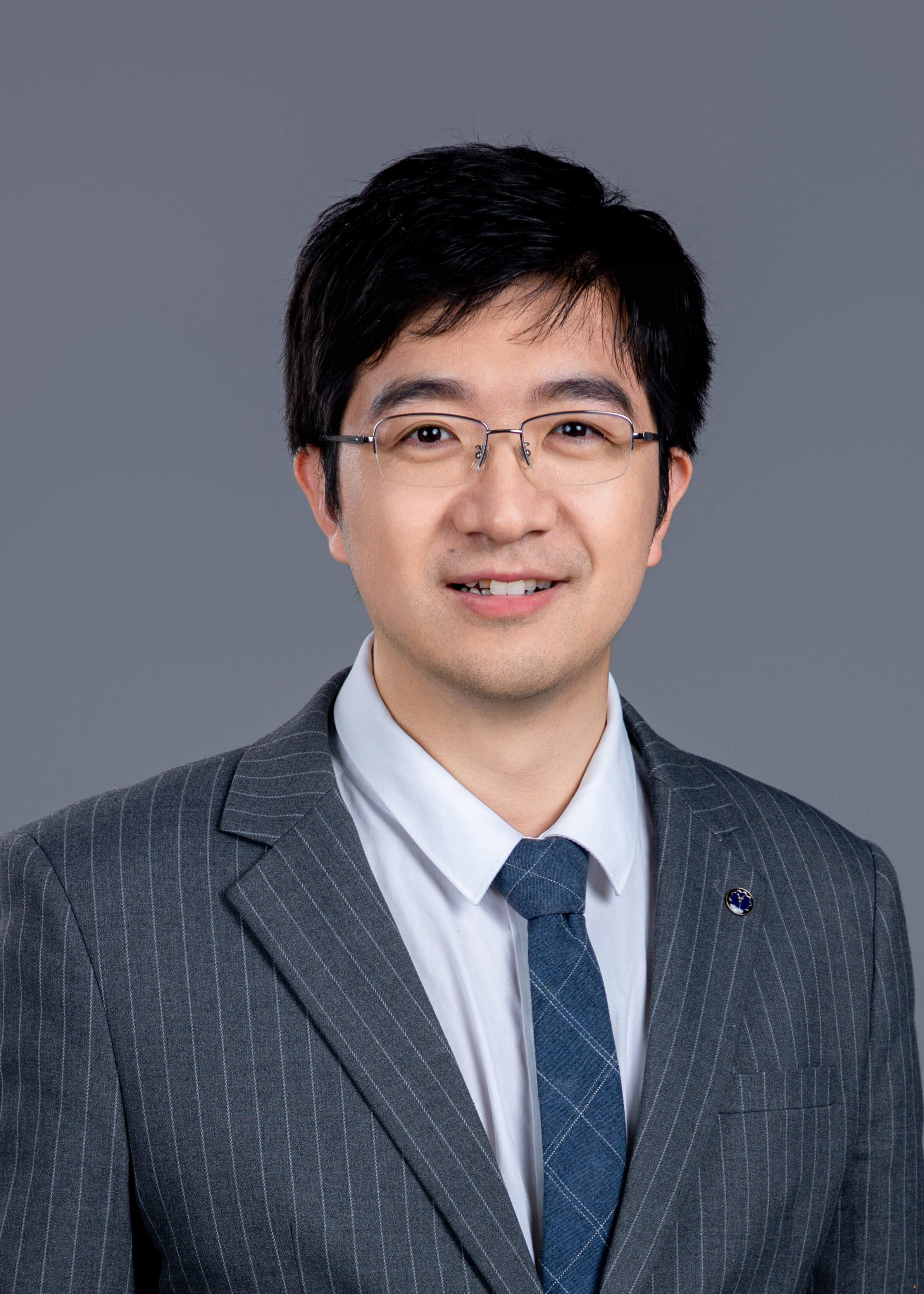
The Center for Cell Lineage Atlas is dedicated to deciphering and intervening in cell lineages, providing robust support for the advancement of national life science productivity. The center focuses on three core areas: analyzing, mapping, and utilizing cell lineages. By investigating the spatiotemporal principles of cell lineage evolution, we study the dynamic changes in key cell lineages under physiological and pathological conditions, uncovering the causal relationships between abnormal cell evolution and major diseases. The center has achieved breakthroughs in critical technologies such as three-dimensional in situ analysis, high-throughput analysis using microchips, and the cryopreservation and revival of centimeter-scale tissues and organs. Our goal is to develop advanced lineage analysis instruments and construct developmental, disease, and aging lineages based on large cell lineage data models. Additionally, we identify novel intervention targets and develop original drugs, including chemical, cellular, protein, and nucleic acid therapies, while advancing new techniques in stem cell reprogramming, embryonic chimeras, and precise, safe gene editing. We also create miniaturized, tool-based, and humanized animal models, aiming to lead the field of xenogeneic organ regeneration.













